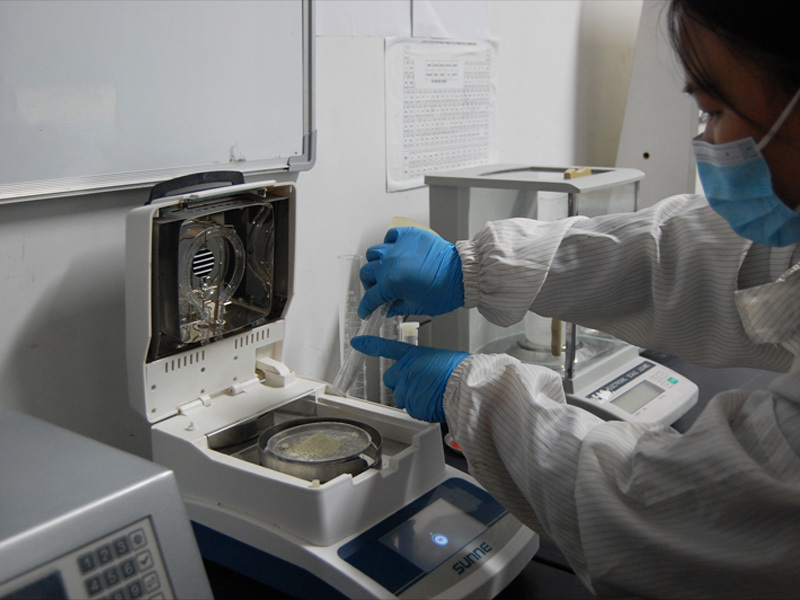Properties and Applications of Nano Tin Oxide (SnO₂)
Mar 03,2025

Characteristics
SnO₂ powder is a vital multifunctional material renowned for its remarkable gas sensitivity, chemical stability, and excellent luminescent properties. As a fundamental functional material, it is widely used in gas sensors, humidity sensors, optical technologies, and related fields. Currently, it is one of the most utilized raw materials for gas-sensitive components.
Nano tin dioxide (SnO₂) exhibits high sensitivity, selectivity, and stability toward gases such as H₂ and C₂H₂. Influenced by quantum size effects and surface effects, the optical properties of nano SnO₂ have attracted significant research interest. The fluorescence emission peaks of SnO₂ nanomaterials vary depending on the synthesis methods employed.
Physicochemical Properties
The physicochemical properties of materials (e.g., optical, magnetic, and electrical) are closely related to their surface morphology, dimensionality, particle size, and surface defects. Low-dimensional nanomaterials are expected to exhibit enhanced or entirely novel physicochemical properties. Currently, wet chemical methods such as hydrothermal synthesis, co-precipitation, and sol-gel processes are widely used to synthesize various metal oxide nanopowders. However, most methods produce nanopowders with agglomeration and uneven particle distribution.
Macromolecular Network Gel Method
Also known as the polyacrylamide gel method, this technique effectively prevents particle agglomeration. It features a simple process, user-friendly operation, high reproducibility, and scalability. The resulting particles demonstrate high purity, uniform and ultrafine size distribution, and well-defined morphologies.
Previous:
Contact Us
E-mail:
lycjbj@163.com
Phone:
+8615036398992
Address:
Industrial Zone, Ruyang County, Luoyang City, Henan Province


